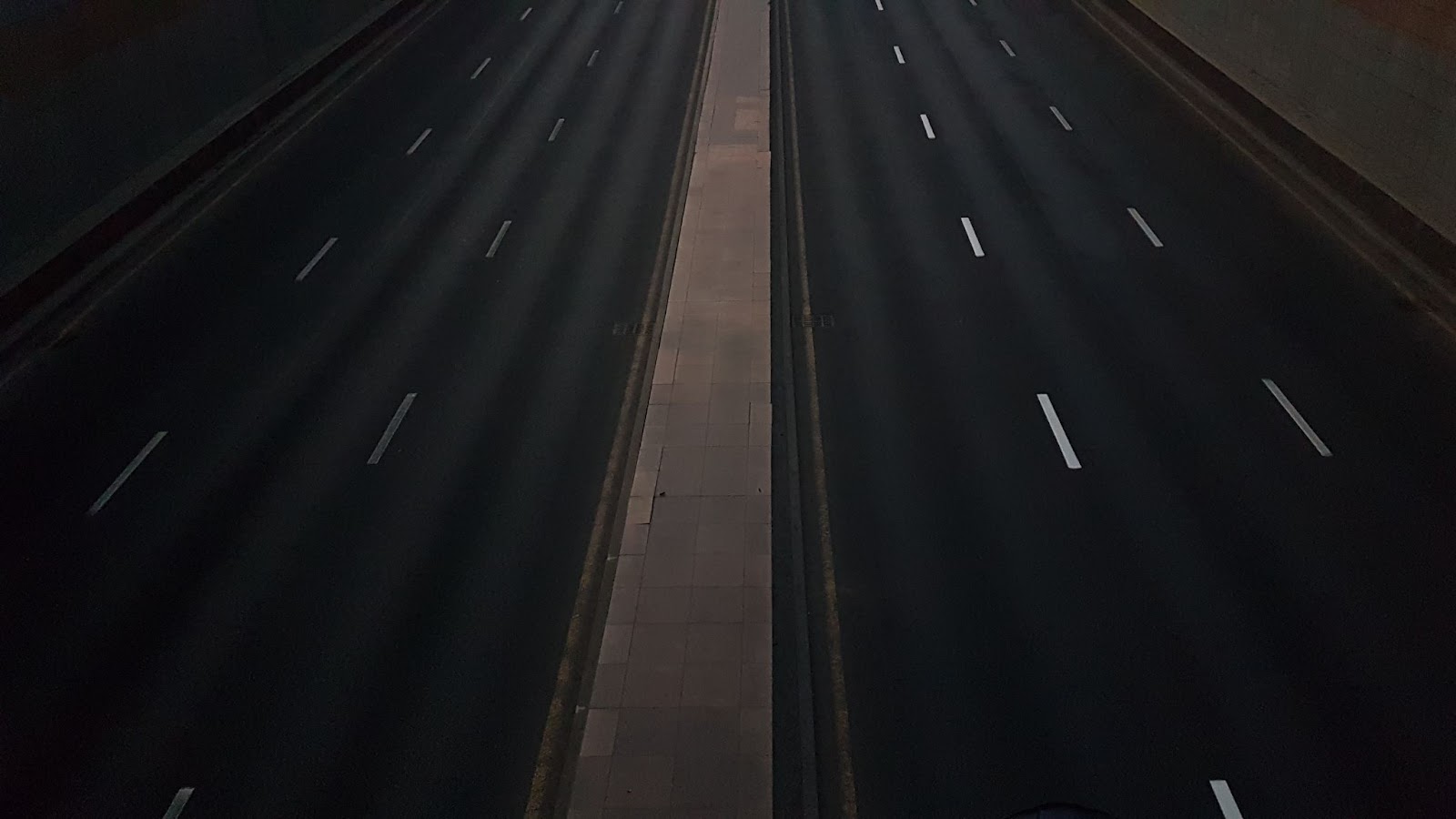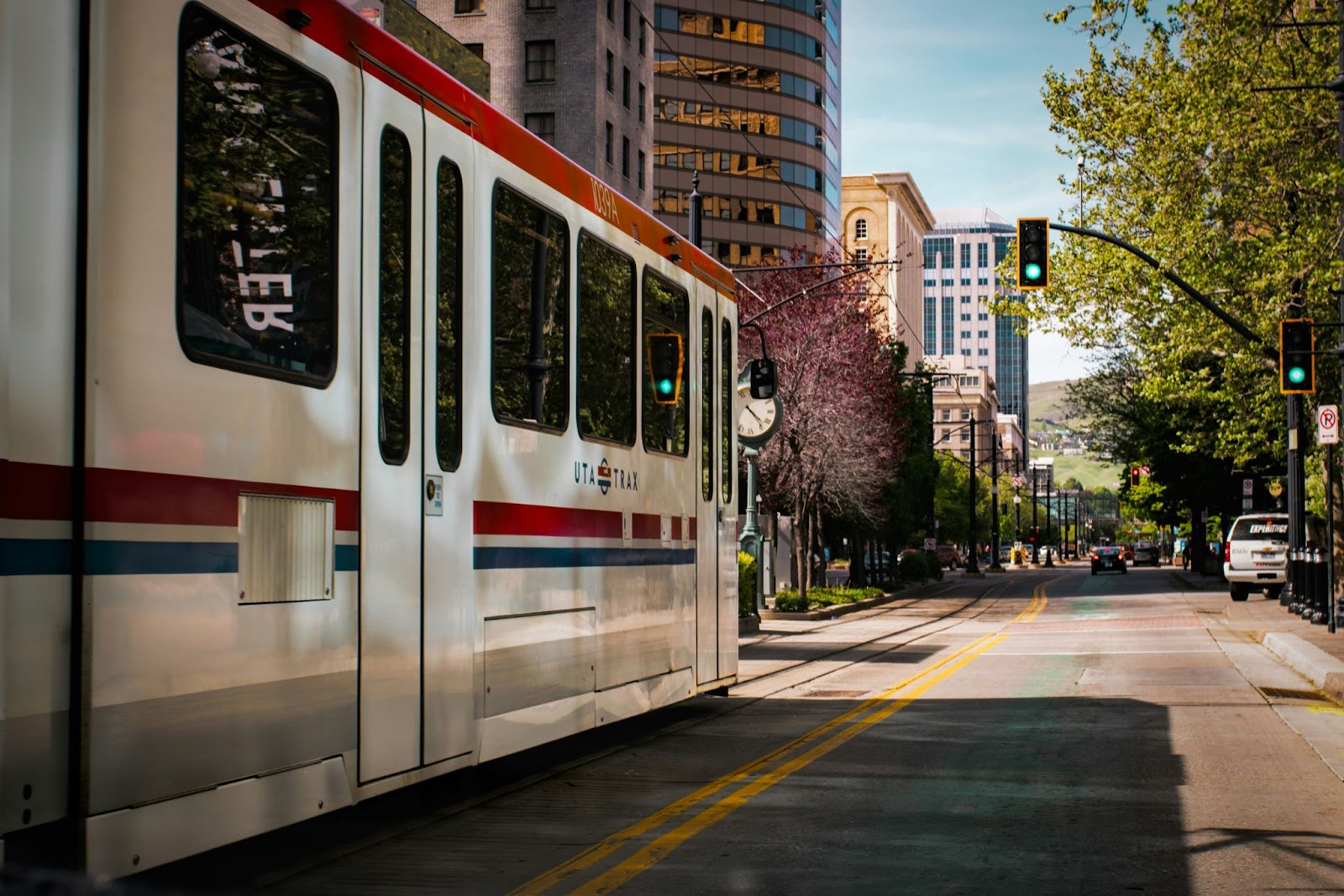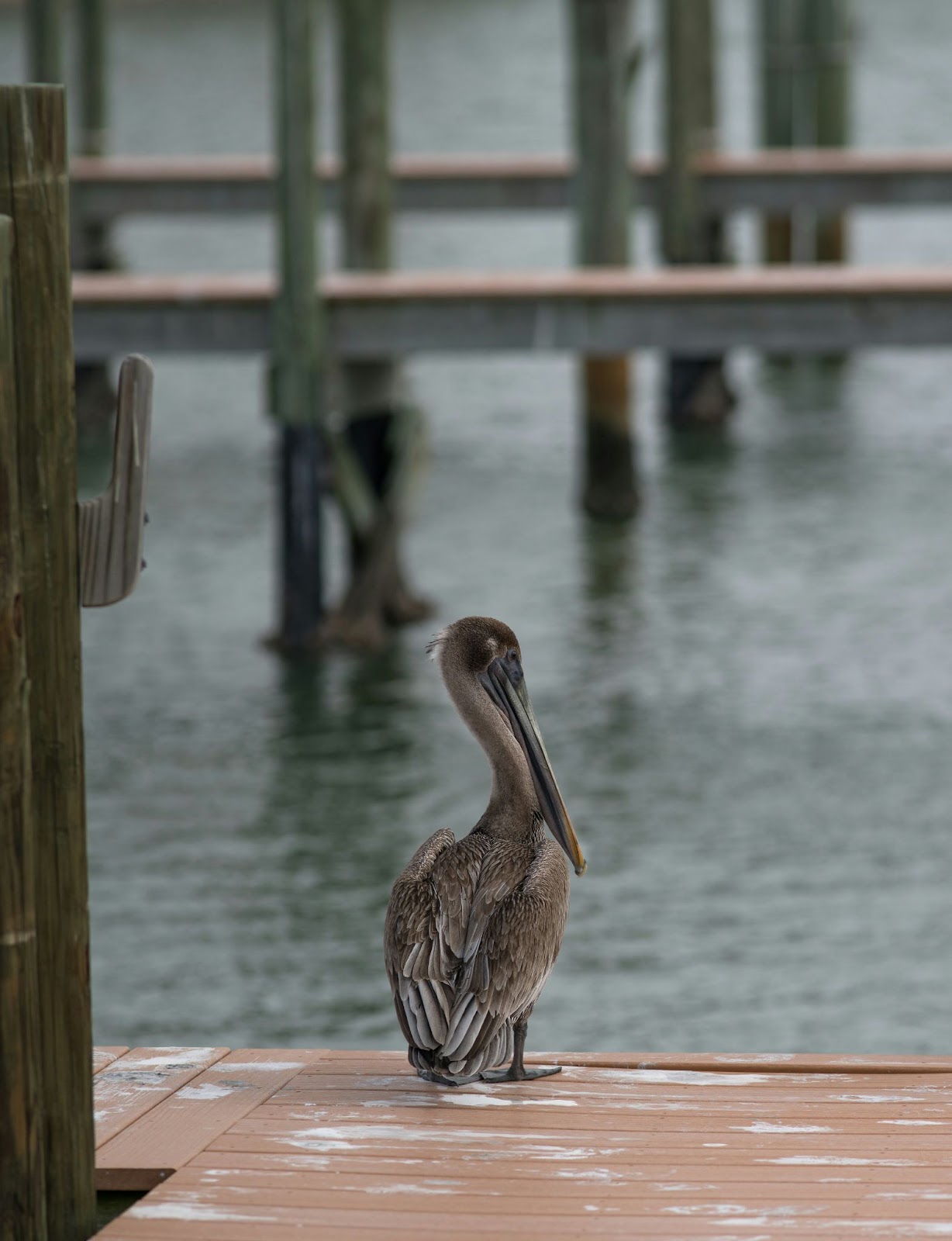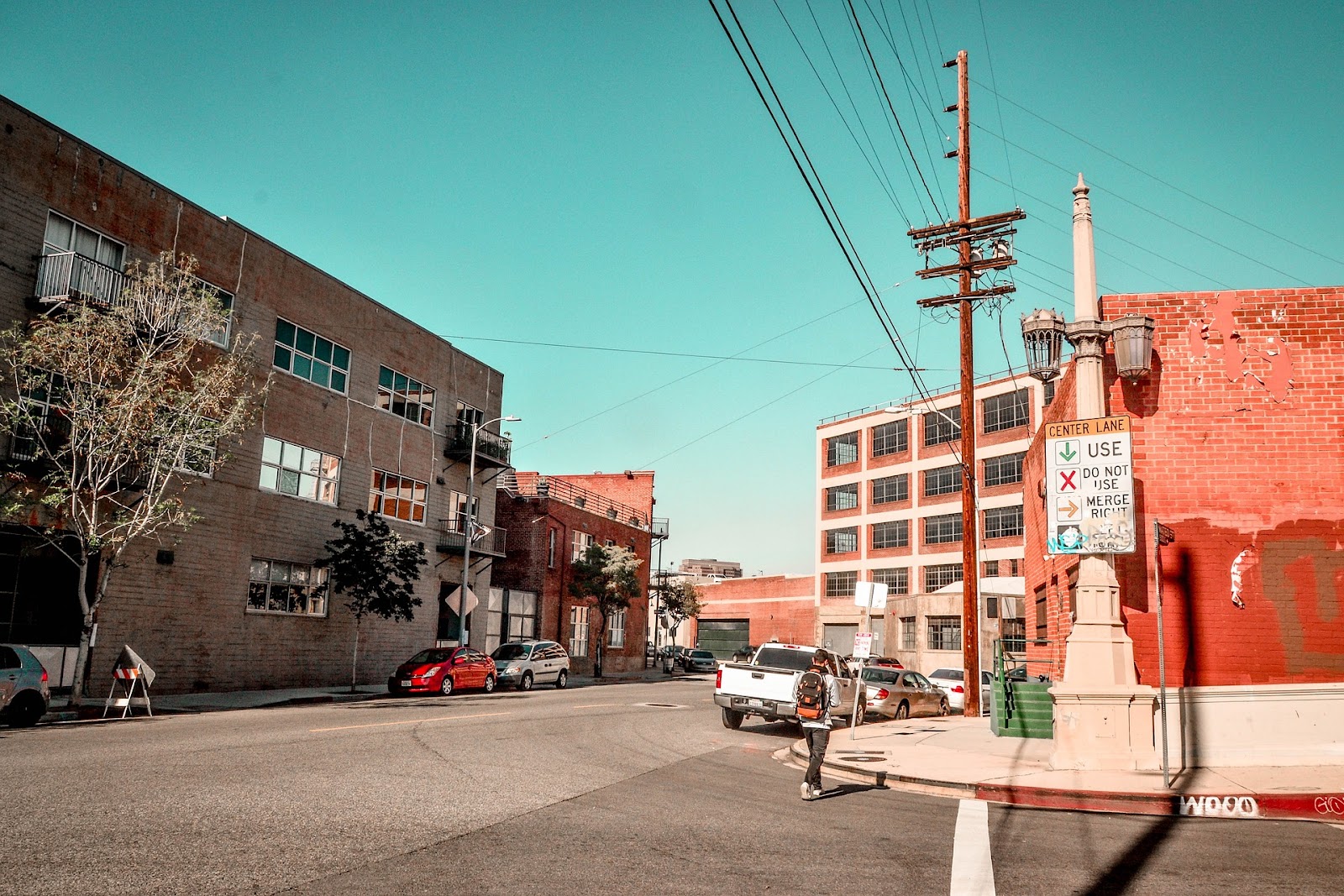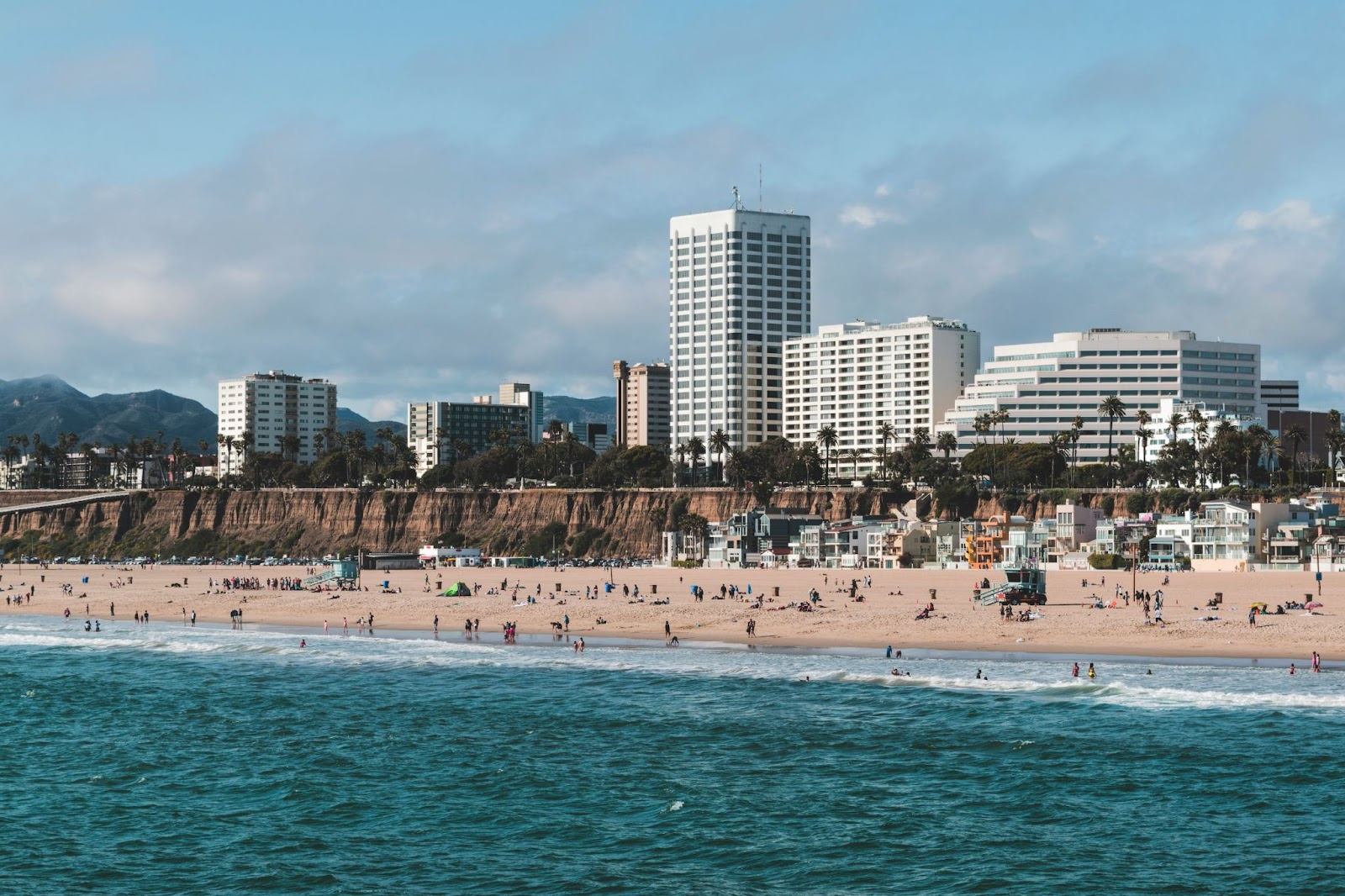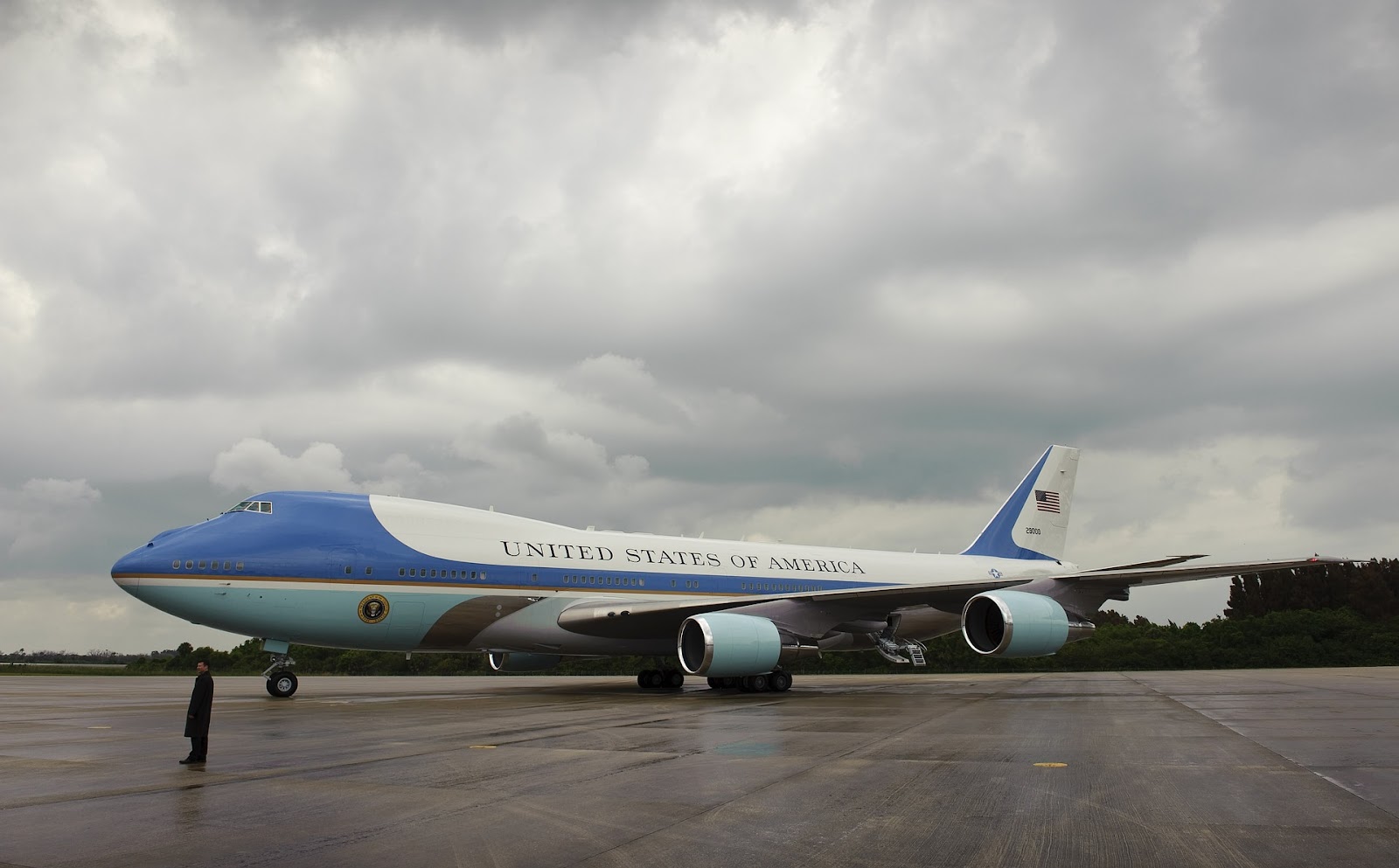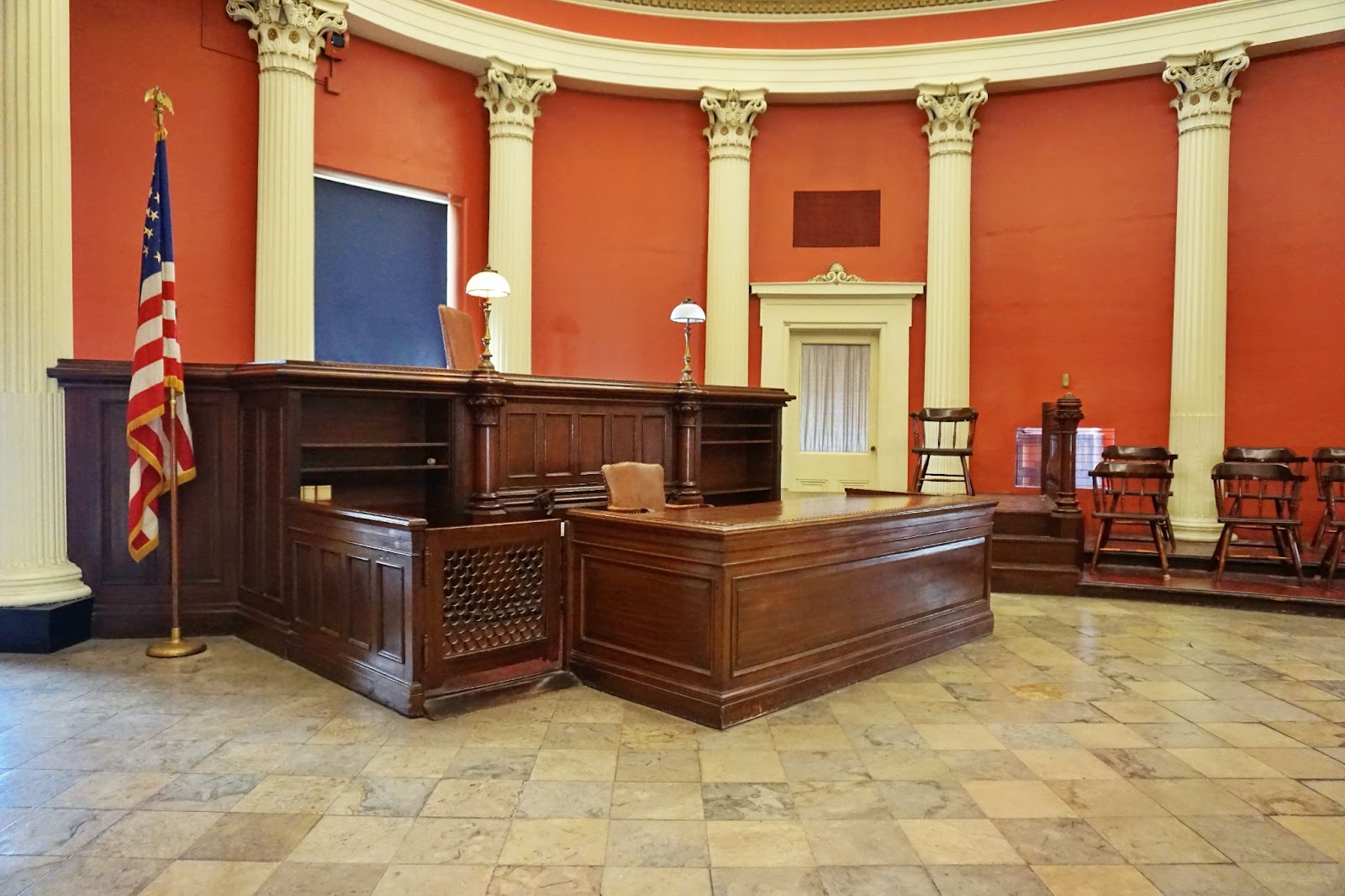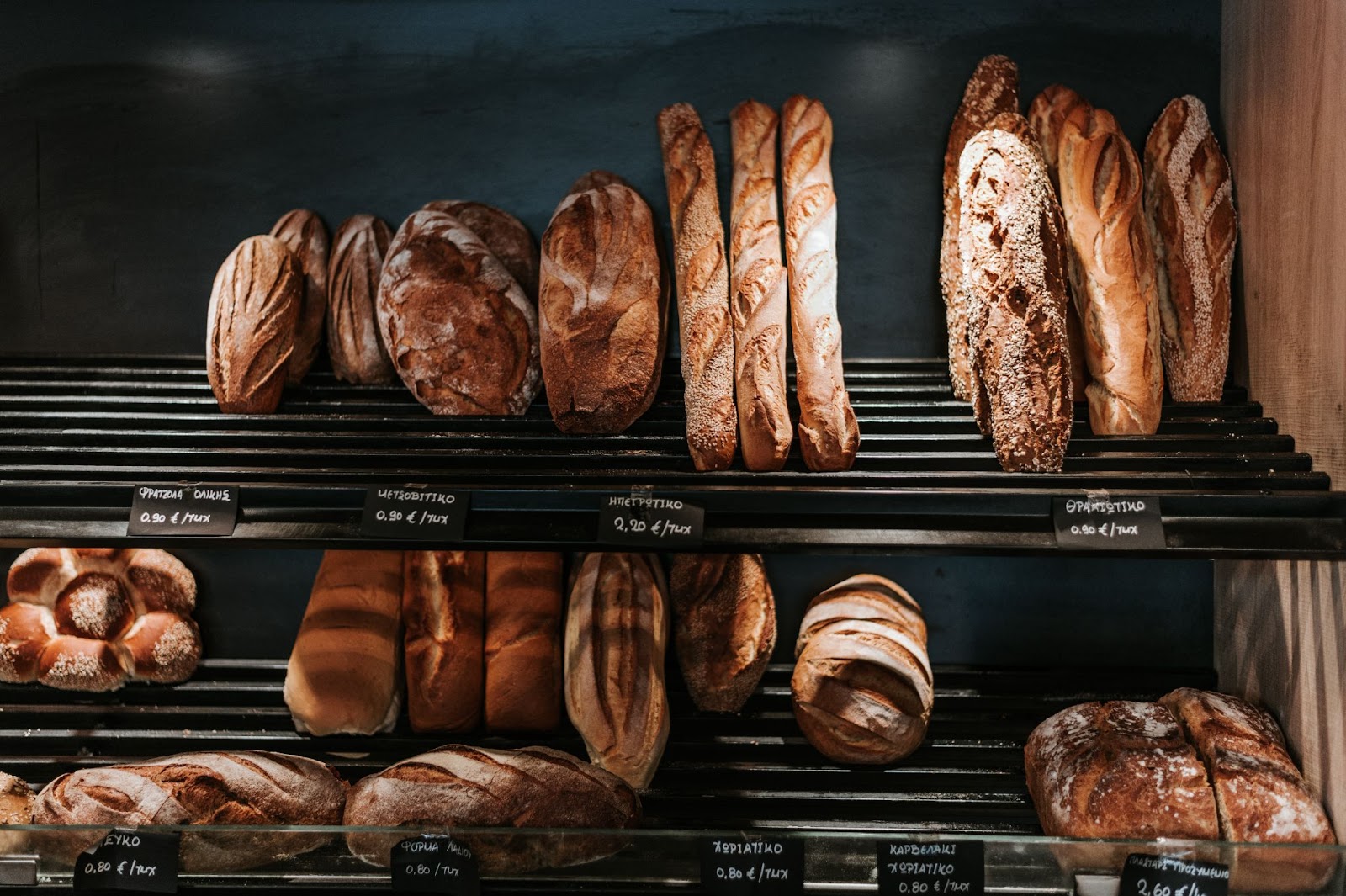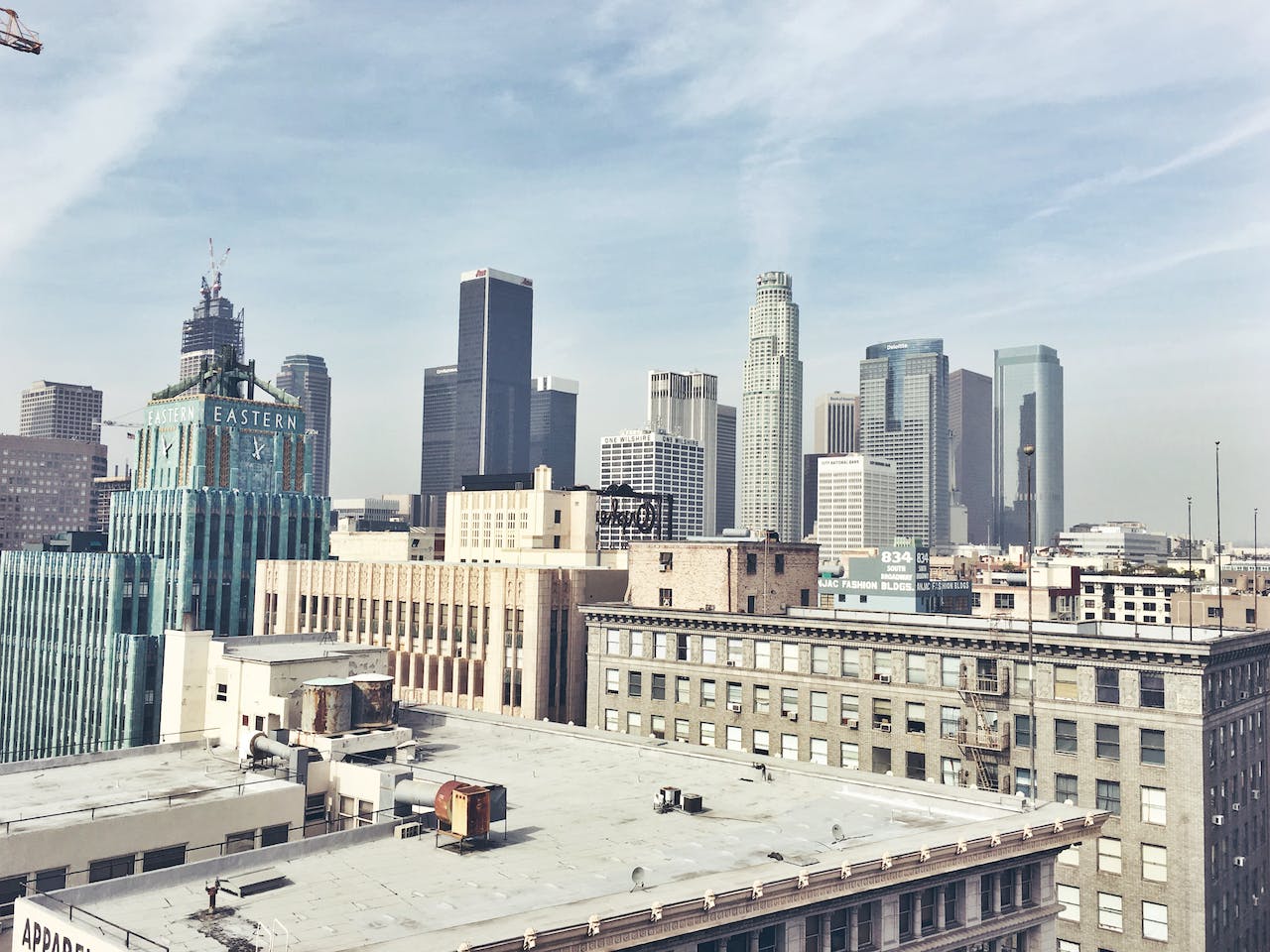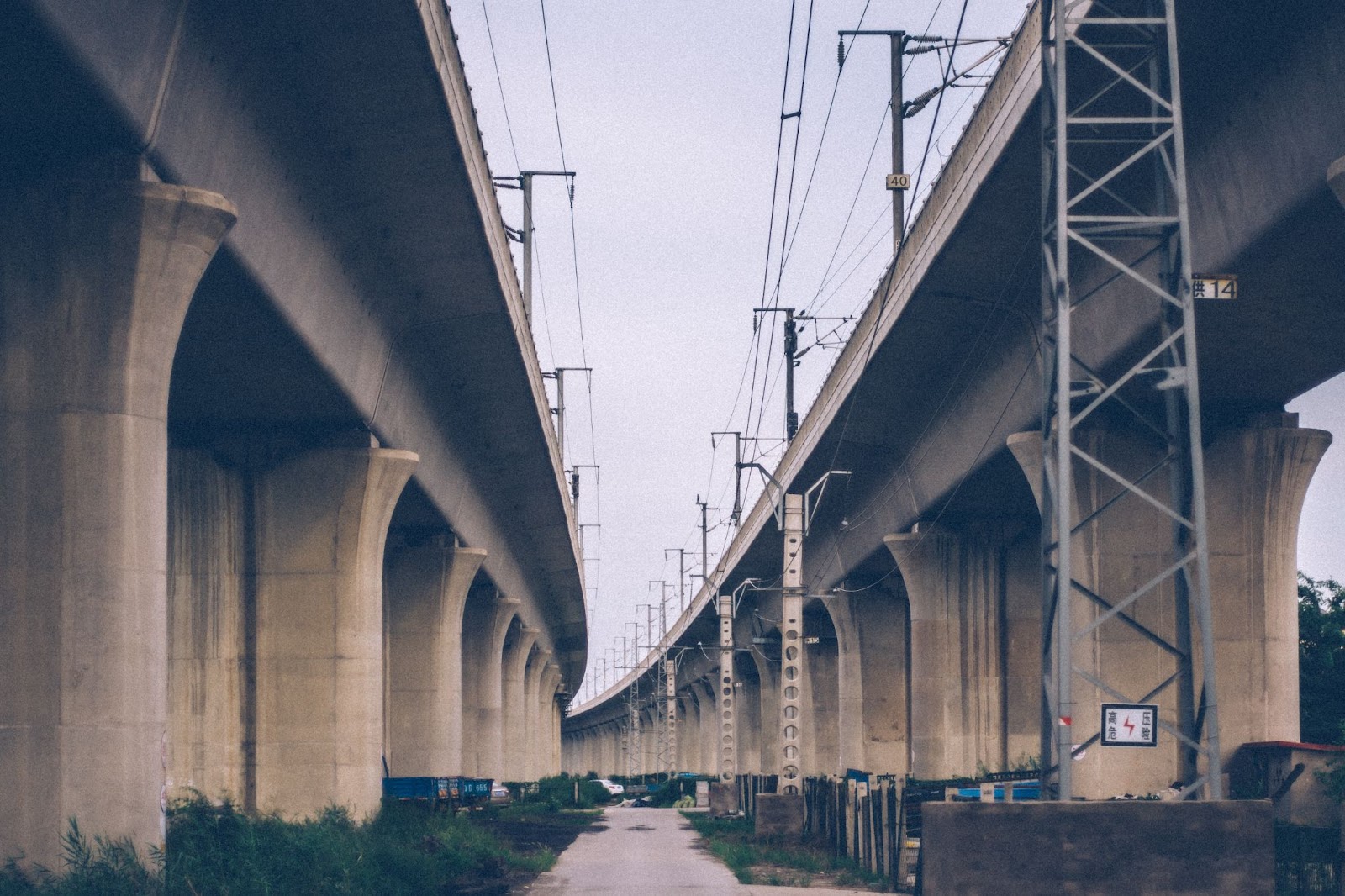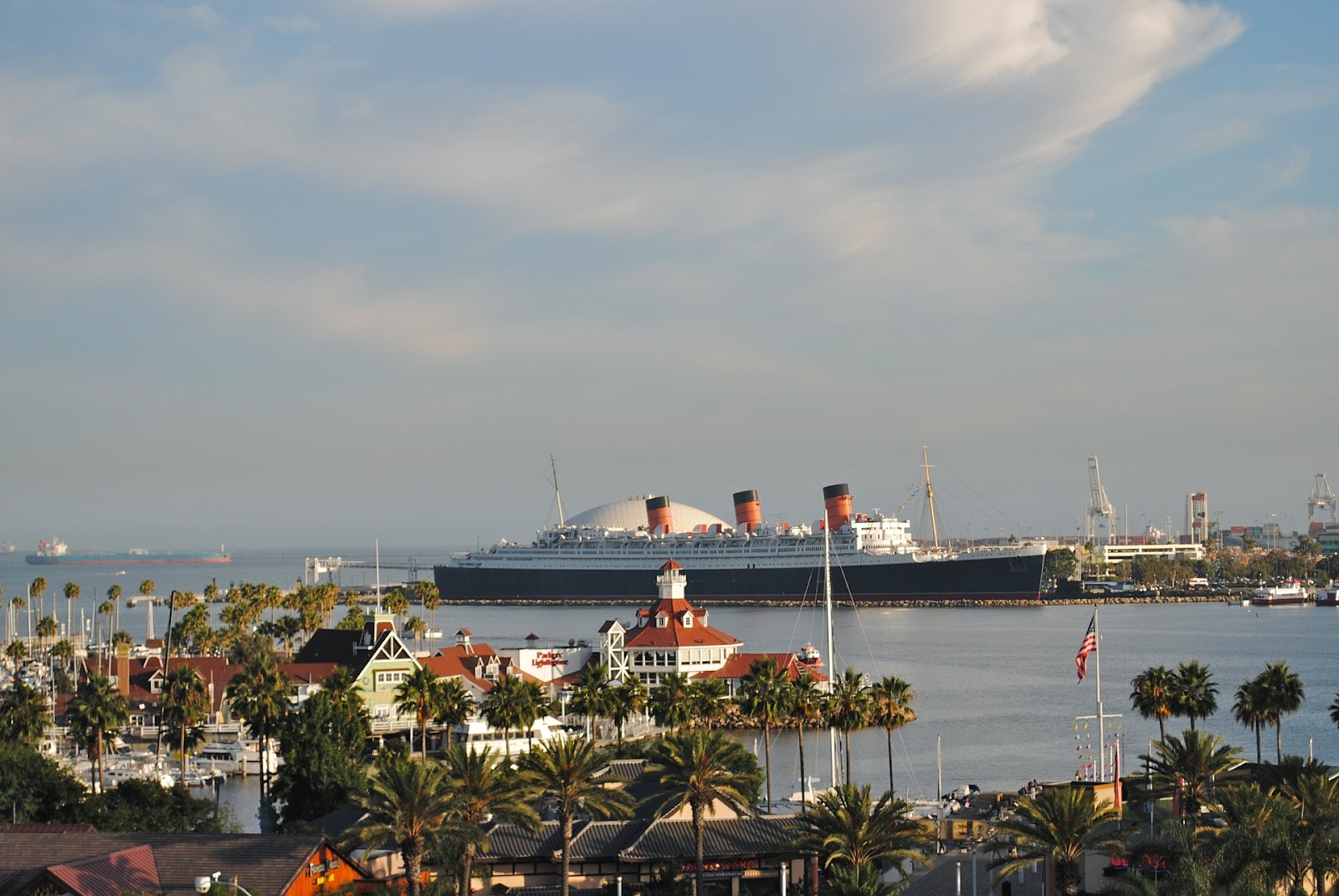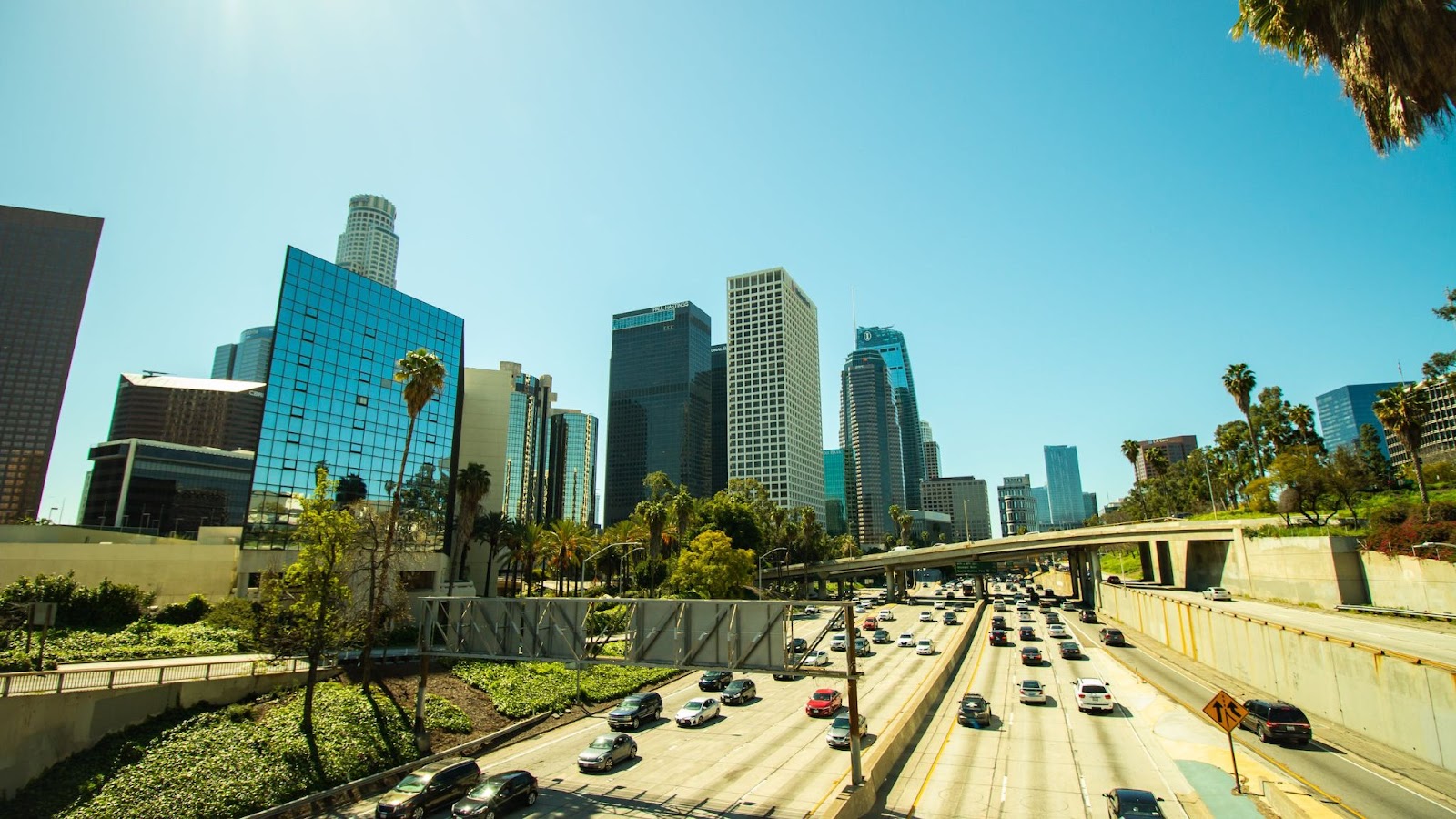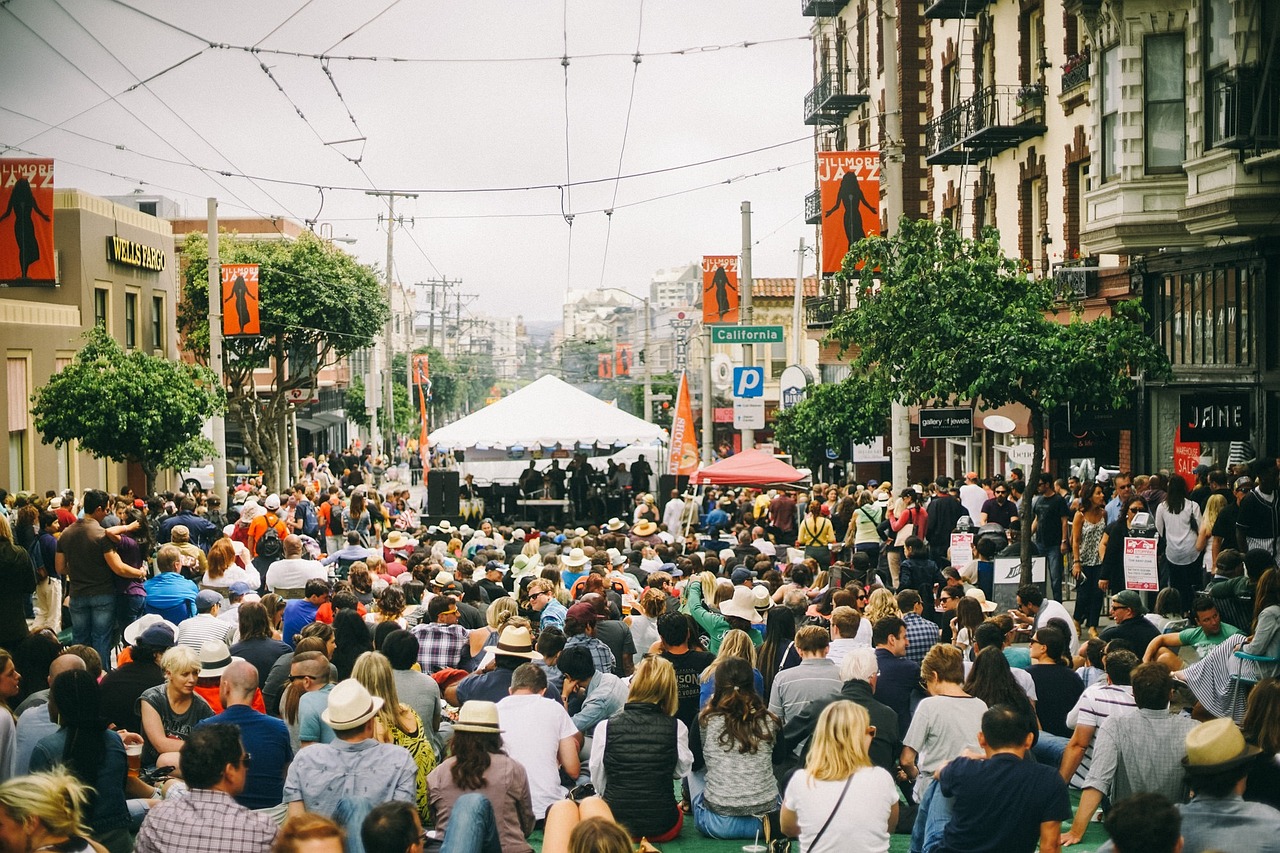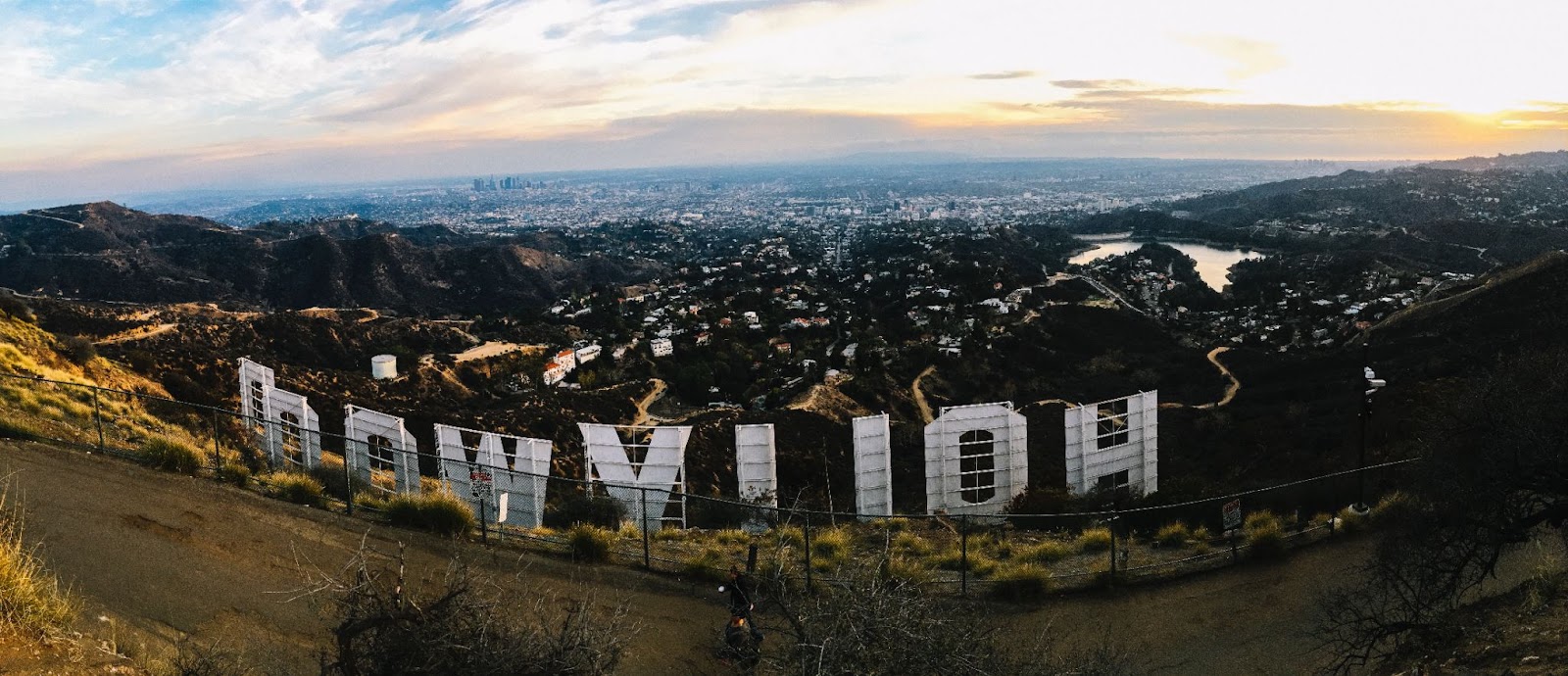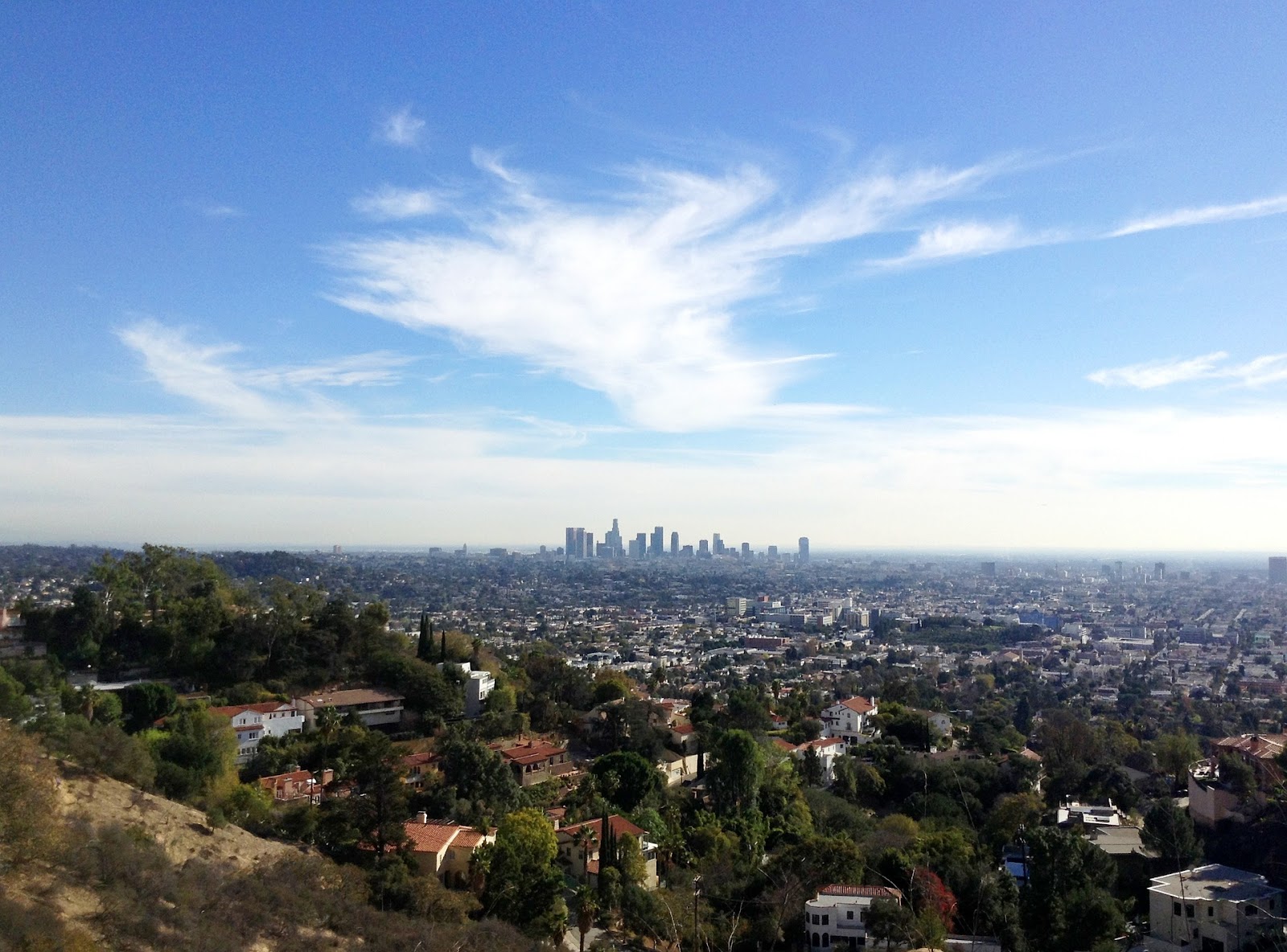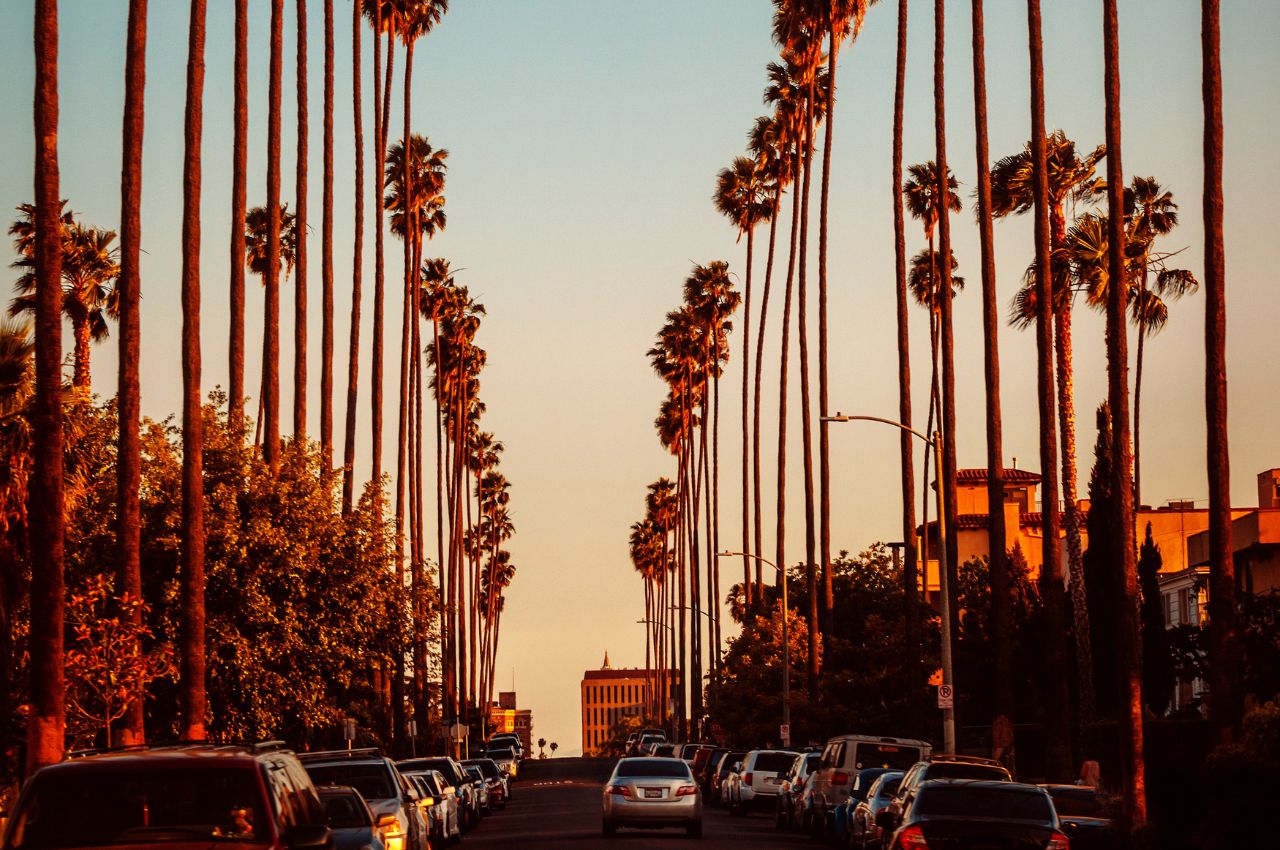The opening of the $2.16 billion new express lanes on the 405 Freeway in northwest Orange County this Friday is a significant milestone for local commuters and a turning point in Southern California’s transportation landscape. This event signals the culmination of one of the region’s last major freeway expansions, heralding a new era focused on sustainable and efficient transportation solutions.
Marlon Boarnet, an urban planning professor at USC and director of the METRANS Transportation Consortium, succinctly captures this paradigm shift: “The era of the big highway projects is over. The big, big highway projects are going to become more rare… [Future work] is going to become much more part of a more balanced system.”
Challenges are evolving as Southern California continues to grow. Transportation leaders need more space for roadways and ambitious green energy goals, necessitating a pivot away from car-centric projects. Eric Carpenter, a spokesperson for the Orange County Transportation Authority, emphasizes this, noting, “There’s certainly still some freeway projects, but nothing like the scale of this last major freeway project.”
The I-405 Improvement Project, which started in January 2018 and was paid for by taxes that voters agreed to, has made a big difference to a 16-mile part of the freeway between Costa Mesa and the southern edge of Los Angeles County. They made the freeway wider by adding one lane on each side and four toll-funded express lanes to alleviate congestion on one of the nation’s busiest roads.
These new express lanes, spanning between the 73 and 605 freeways, offer free access to some carpoolers while imposing a variable toll for others. The pricing is dependent on factors like distance and travel time. Carpenter highlights the uniqueness of this project in Orange County’s plans, stating, “We’re simply out of room. As Orange County gets bigger, we’re committed to that idea of a balanced, sustainable future.” This commitment is evident in the region’s increasing focus on mass transit projects, bike lanes, railways, and even modern streetcars, as seen in Santa Ana.
Boarnet anticipates a continued shift in transportation officials’ focus from freeway building to multi-modal systems and “demand control” measures, such as toll roads. This shift aims to build a “balanced portfolio” for the region, minimizing the need for unused land, reducing carbon footprints, easing traffic, and accommodating the rise of electric vehicles.
This transformation in transportation philosophy is mirrored across Southland and the entire state. Los Angeles County, for instance, has been heavily investing in its rail system, including the recent openings of the K-Line and a new downtown L.A. railway line, with more in development. Even Los Angeles International Airport is getting a new system to move people around next year. There are also some big ideas, like transforming freeways into parks and housing spaces.
Caltrans, traditionally known for freeway building, is undergoing its own metamorphosis. Allison Colburn, a Caltrans District 7 spokesperson, describes the agency’s evolution: “Over the last few decades, Caltrans has shifted from a highway-building department to a truly public transportation department.”
California’s approach to transportation is increasingly aligning with broader climate goals and the realities of urban development. Toks Omishakin, California Transportation Secretary, has expressed a clear stance against expanding freeway lanes to accommodate more cars and trucks. This decision is based on studies that show making roads bigger might help with traffic at first, but in the long run, it just leads to more cars on the road.
In Los Angeles, transportation planners are exploring traffic management strategies like carpool lanes and fees. The Los Angeles County Metropolitan Transportation Authority is considering a congestion pricing plan to reduce peak-hour freeway traffic. Shahrzad Amiri, Metro’s deputy chief of operations for congestion reduction programs, points out that people are starting to see the good side of tolls because they can save time.
The express lanes on the 405 Freeway, requiring a FasTrak transponder for access, are designed to ensure a free-flowing commute. An OCTA spokesperson, Megan Abba, details the tolling structure, which varies based on time and distance and offers free access during non-peak hours for vehicles with two or more occupants.
With an average daily traffic of 370,000 vehicles, the recently widened 405 stretch represents a significant improvement in regional mobility. The project has enhanced onramps and offramps and reconstructed 18 bridges, many of which now include sidewalks and bike lanes. Carpenter expresses the community’s enthusiasm: “There’s a lot of excitement about it.”
